What does the IBC say about NFPA 13R?
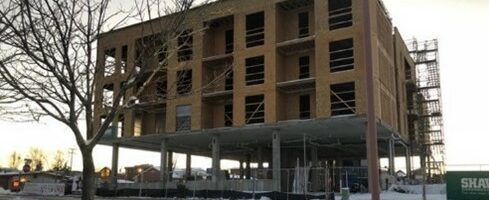
The 2024 editions of the International Building Code (IBC) and International Fire Code (IFC) were finalized at the International Code Council (ICC) hearings in Louisville, KY in September 2022. Printed and electronic versions of the 2024 IBC and IFC should be available in the fall of 2023. The NFSA Codes and Standards Team was directly involved in ICC’s code development process. There was a significant change to the NFPA 13R installation requirements in the IBC that the fire protection community should be aware of.
That said, trying to follow the different changes between the IBC and NFPA 13R over the past few code cycles has been somewhat of a moving target since installation criteria was first added to the 2015 edition of the IBC. Here is a summary of some of the changes that have taken place related to NFPA 13R between the 2015 IBC and 2024 IBC.
2015 IBC:
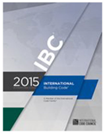
Section 903.3.1.2 added new requirements for when NFPA 13R sprinkler systems are permitted in residential buildings. Before the 2015 edition, the International Building Code contained the same language that was found in NFPA 13R, basically, allowing NFPA 13R systems to be installed for buildings four stories or less.
However, new language was added in the 2015 edition to address podium style construction where the height of the building does not exceed 60 feet above grade plane. The section also required the number of stories be measured from the horizontal assembly creating separate buildings.
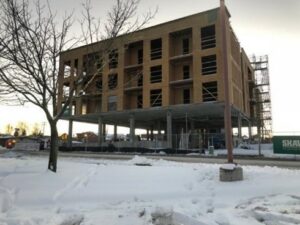
2018 IBC:
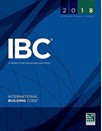
This section was modified in the 2018 International Building Code clarifying the installation criteria for NFPA 13R systems for balconies and decks and required attics to be protected with sprinklers when certain conditions were met. Examples include providing sprinkler protection in attics used for storage or living purposes, when fuel-fired equipment is present in the attic, and new requirements for Type III, IV and V construction types.
2021 IBC:
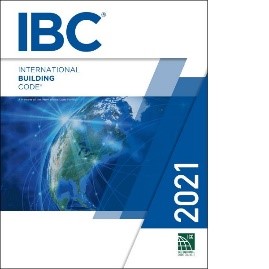
Section 903.3.1.2 was modified again to limit NFPA 13R systems to:
- Four stories or fewer above grade plane.
- The floor level of the highest story is 30 feet or less above the lowest level of fire department vehicle access.
- The floor level of the lowest story is 30 feet or less below the lowest level of fire department vehicle access.
The problem with this revision is condition #2 limits most residential buildings protected with an NFPA 13R system to no more than 3 stories in height.
Another important change that occurred in the 2021 editions clarified the number of stories of Group R occupancy must be measured from grade plane. Previous editions allowed the number of stories to be measured from the horizontal assembly creating the occupancy separation.
2024 IBC:
NFSA’s codes and standards team submitted a code change for the 2024 International Building Code that was approved to modify Section 903.3.1.2 again and increase the 30 ft. requirement to 45 feet for Group R-2 occupancies. According to feedback NFSA received from contractors, developers, and design professionals, the 30 ft. requirement that was added to the 2021 IBC limits residential buildings on top of podiums, but also affects standalone R-2 multi-family occupancies.
The 2024 change allows NFPA 13R for four-story buildings. It’s important to clarify that this change is only applicable to Group R-2 occupancies (not Group R-1). Based on typical floor ceiling assemblies and ceiling heights found in in apartment buildings, the 30 ft requirement inadvertently limited NFPA 13R systems to three-stories, which was not the intent.
NFSA’s Expert of the Day is Ready to Answer Your Codes and Standards Questions!
Have a codes or standards question? The NFSA’s expert of the day service is the best way to have it answered. This is one of the several benefits that come with an NFSA membership. For more information on how to join the NFSA, visit our membership page and get started!
